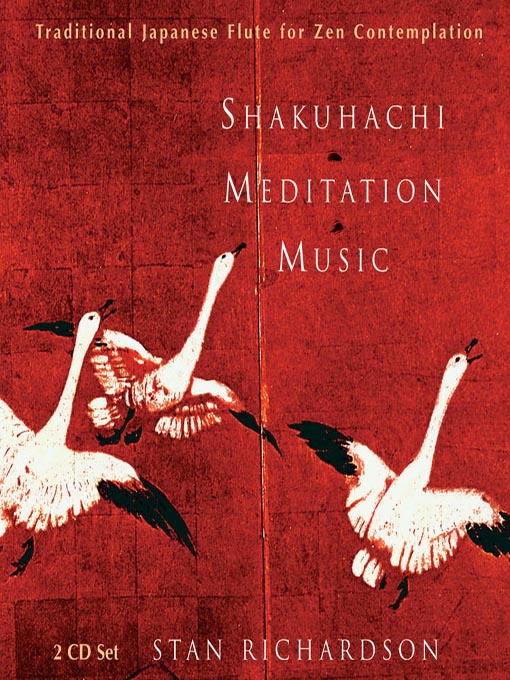
Consequently, there is wide speculation that some komuso were required to spy for the shogunate while being dispatched under the guise of Fuke monks. Further, the task of learning the shakuhachi became required training for the komuso priests and, interestingly enough, the komuso managed to receive exemption from the shogunate in order to travel around Japan – a designation which, during this time, was strictly reserved for the shogunate. This shakuhachi is known as “Fuke shakuhachi” (普化尺八), which became the modern shakuhachi widely played today. The 14th century marked the re-emergence of the shakuhachi, but in the form of a shorter version of its predecessor called the “hitoyogiri” (一節切), which would proceed to gain wide popularity over the course of the next 400 hundred years before eventually meeting its demise in the early 19th century.ĭuring the 17th century, “Fuke-shu” (普化宗) / Fuke sect, a sect of Zen Buddhist monks, known as “komuso” (虚無僧), would begin to utilize the shakuhachi as a spiritual tool over the course of their pilgrimage throughout Japan. The shakuhachi used in gagaku is referred to as “kodai shakuhachi” (古代尺八), treasured at the “Shoso-in” (正倉院) in Nara, Japan.

On November, 2018 Rodrigo releases the single Shakuhachi: The Zen Flute (The Distant Call of the Deer) a single collaboration with his teacher Kohachiro Miyata.In that album appear the famous traditional piece Shika no Tone (The Distant Call of the Deer) and it was arranged in 1974 by Kohachiro Miyata.Shakuhachi bore its introduction by way of China during the 7th and 8th century and initially became one of the “gagaku” (雅楽) / Japanese court music instruments before subsequently disappearing for stretch of time. On April of 2018, Rodrigo performs for the first time in New York, invited to play at the Brooklyn Botanical Garden Festival, Sakura Matsuri (festival). Also including the well-known Spanish master piece Concierto de Aranjuez for Classical Guitar and flute Shakuhachi. On February of 2018 Rodrigo released his eighth album “The Classical Music Legacy of Japan”, Rodrigo selects an expanded repertoire of classical music from Japan. In 2011-2012 he received invitation from Ministry of Culture of the Russian Federation and the Tchaikovsky Conservatory to perform in the XIV International Music Festival “The Soul of Japan” (“NIHON-NO KOKORO”) in Moscow. Thereafter, he resolved to study all types of traditional Japanese music, paying special attention to the differences between the two very different musical traditions. Rodrigo showed deep interest and dedication to Miyata’s compositions and repertoire. In the late 2009 Rodriguez started to study with the renowned master of Japan’s leading players of shakuhachi Miyata Kohachiro,interested in Contemporary and Koten Shakuhachi. In recent years he has performed numerous concerts in both the West and the East, at legendary stages like Imperial Hotel Tokyo and NHK Culture Center of Japan.

Rodrigo’s compositions can be divided into three basic categories: New Age, World Music and Contemporary Music. In 2006 several compositions from his album “Inner Thoughts” were licensed, arousing the interest of a well known record label, Gemini Sun Record based in Los Angeles, CA. His many and diverse travels enabled him to acquire a rare collection of experiences from which to create his unique compositional language. As a young child, Rodrigo had a vision for imitating the music and sounds he heard in his mind. His interest in traditional and ethnic musical instruments began before he reached his teenage years. He studied classical and traditional Japanese music under the lineages of Katsuya Yokoyama with the Master Kakizakai Kaoru in the International Shakuhachi Kenshu-kan School.


It was there that he discovered his first asian instrument the Shakuhachi flute.įascinated by Japanese music, he travelled to Japan several times to enhance his knowledge.
Shakuhachi sakano japanese flute music professional#
Rodrigo’s professional music career began in Spain. At an early age, he began to study modern and classical music.īetween the years of 1993-1999, Rodrigo tutored at home enrolled with several teachers of classical guitar until he was 22 years old. Rodriguez arrived to Spain in 1986, where he spent most of his childhood.


 0 kommentar(er)
0 kommentar(er)
